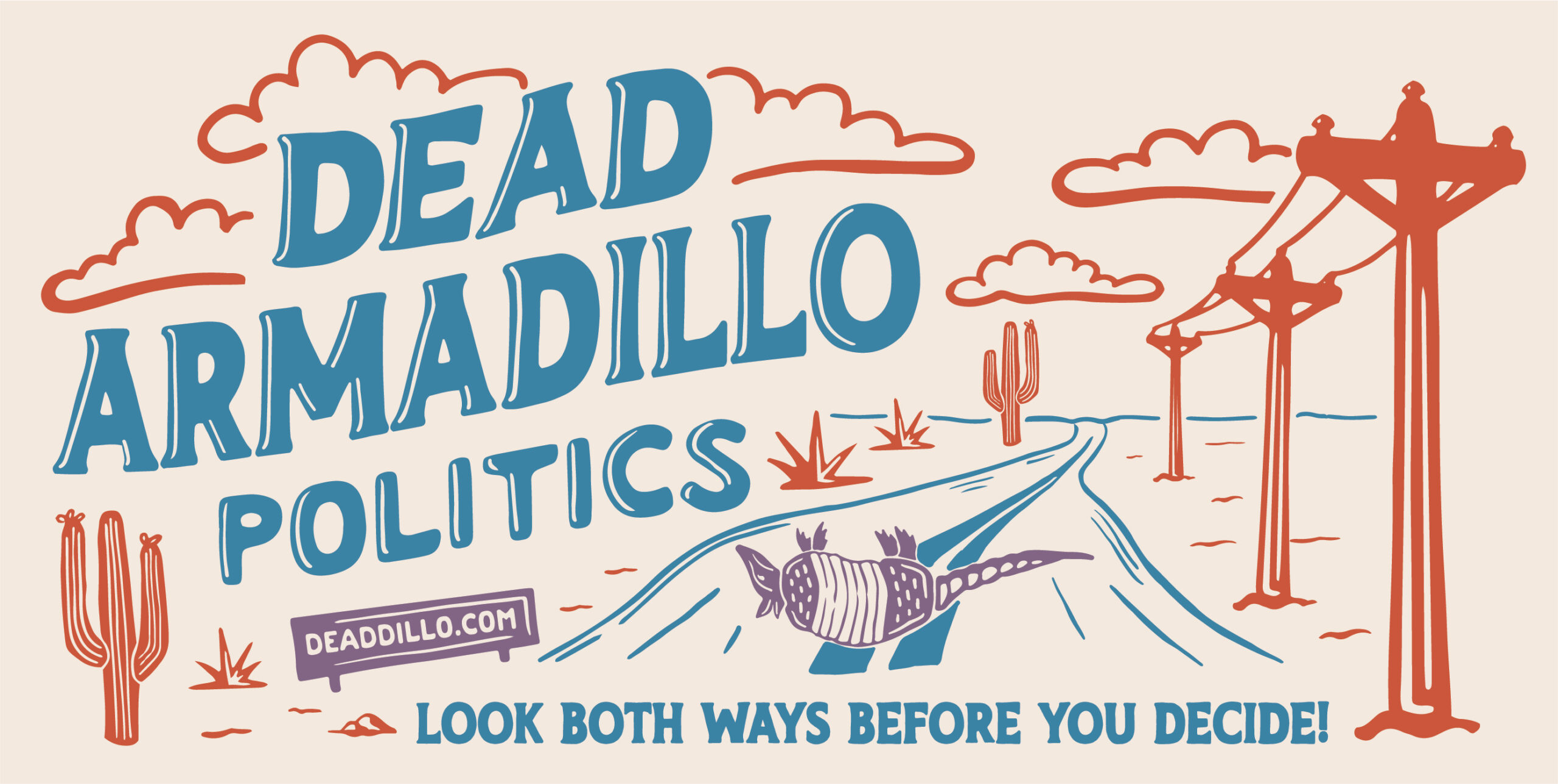Bills I’m Watching: HB 3 – Education Savings Accounts / Vouchers
(“Bills I’m watching…” is a series of blog posts where I summarize in plain language what I think a bill is saying. I am not a lawyer, I’m just a regular person who knows how to read. So, if you see something you think is incorrect about the way I have summarized this bill, please let me know. —Ashley@deaddillo.com)
HB 3: relating to the establishment of an education savings account program.
Author: Buckley
HB 3 Vs. SB 2
This is the Education Savings Account/Voucher bill (ESA/V) from the House. It is mostly the same as SB 2, the Senate ESA/V bill, which I have previously summarized here. The main differences I see are:
1. HB 3 uses a different way to specify the amount appropriated for the program.
HB 3 specifies that the appropriation may not be larger than the GREATER of either (1) the amount appropriated in the last biennium, (2) The amount needed to pay for current participants and children on the waiting list. I did not see specific information about how much can be appropriated in SB 2.
2. HB 3 calculates the amount of ESA/Voucher instead of specifying a flat amount, but it looks like the amounts would be similar.
In SB 2 the bill specifies $10K per participant ($11.5 K for a child with a disability). Instead of a flat amount, HB 3 specifies the amount as follows:
For Regular Program Students – It would be 85% of the estimated statewide average amount of state and local funding being provided per student for public school students.
Please note that this is not the same as saying it would be 85% of the basic allotment. The basic allotment for public schools in Texas is the amount set aside to provide a good, basic education for one regular program student for one year. That amount is currently $6,160 per regular program student; 85% of that would be $5,236.
This is talking about 85% of all Tier 1 funding, plus all Tier 2 funding, plus the money set aside for the Teacher Retirement fund.
Tier 1 and Tier 2 funding includes a long list of additional allotments beyond just the basic allotment. These are allotments for things like bilingual education, dyslexia services, drop out recovery, low-income students, pregnant students, special education, career & technical education, school safety, teacher incentive allotment…and numerous other allotments which may or may not apply to a private school setting. The average per student amount for Tier 1 + Tier 2 funding in 2024 was around $10,800 per student; 85% of that is $9,180. I am not sure if the $10,800 includes the money set aside for teacher retirement or not, but if not, the per student amount for ESA/V would be higher.
For special ed students – The ESA/Voucher amount would be same amount a public school would be eligible to receive based on the child’s Individualized Education Plan (IEP), not to exceed $30,000. The bill also specifies that the local PUBLIC SCHOOL must evaluate and develop IEPs as requested by parents of students participating in the ESA/V program and provide that IEP to TEA upon request. Note that the amount available for special ed vouchers in this bill could be considerably more than the flat amount of $11,500 specified in SB 2.
3. HB 3 uses income to prioritize a little more than SB 2 does.
Neither bill sets an income limit for participation as long as there is enough money for everyone who applies. If there is not enough money to serve every applicant, both bills call for a lottery. The difference between the bills is in who is prioritized if there is a lottery.
SB 2 prioritizes students who (1) attended public school the previous year and who are (2) disabled and (3) live in households that make within 500% of the federal poverty guidelines. For a family of 4, that would be an upper income limit of $160,750.
HB 3 does not take into account whether or not the student attended previously attended public school. It prioritizes the lotter based on disability and income as follows:
- First – Children with a disability from households with income less than 500% of the federal poverty guidelines,
- Second – Children from households with income less than 200% of the federal poverty guidelines (For a family of 4 that would be $64,300.),
- Third – Children from households with incomes more than 200%, but less than 500% of the federal poverty guidelines,
- Fourth – Children from households with incomes above 500% of the federal poverty guidelines.
4. There are a couple of differences in allowable expenditures.
HB 3 allows participating parents to spend the money on the same things as SB 2, plus it adds that you can use the money to pay for breakfast and lunch provided by a private school, and to pay for on-line courses.
The bill would likely go into effect 9/2025 if passed.

what are your thought and opinions on the Save Act bill. I do not understand why any American would want to make voting hard. We are a democracy. I just really do not get it. If what you are doing is not harmful and for the good of all why fear people not being for it…and there lies the issue IMO What do you think?